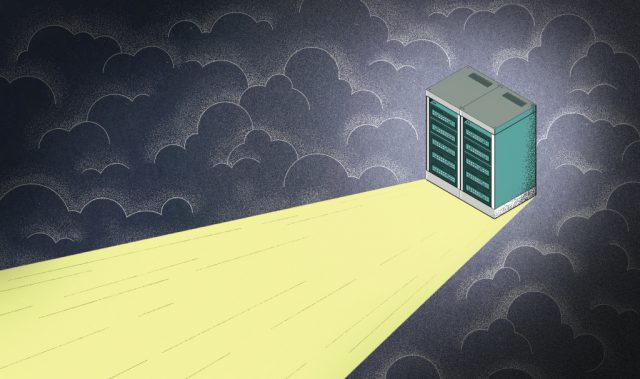
AsianScientist (May. 08, 2024) – In recent years, microplastics have gained global attention due to their negative impact on the environment and human health. Microplastics have infiltrated every corner of our environment, from the depths of oceans to the air we breathe and even within cloud water. However, there is some good news. A recent study has found that forests potentially serve as a vital sink for airborne microplastics.
Airborne microplastics are tiny plastic particulates – less than 100 µm – that become suspended in the atmosphere and dispersed throughout the environment. Forests have been known to accumulate airborne pollutants, but their ability to capture airborne microplastics has been poorly understood.
In the new study, a multi-institutional research group led by Professor Akane Miyazaki of Japan Women’s University, used a new technique to measure the levels of microplastics sticking to the epicuticular wax – a waxy coating that covers the outer surface of land plants – on leaves of trees, revealing that forests are potentially acting as terrestrial sinks for these particles.
For the study, the researchers examined the leaves of Quercus serrata, or konara oak trees, a species of oak native to Japan.
“We investigated airborne microplastics on konara oak tree leaves in a small forest in Tokyo. We wanted to determine a reliable method for analyzing levels of these microplastics on leaf surfaces, and how exactly airborne microplastics become trapped by leaves,” said Natsu Sunaga, lead author of the study, published in the journal Environmental Chemistry Letters.
A total of 102 pieces of airborne microplastics were detected in 12 sets of leaf samples collected on two sampling dates. These were classified into four polymer types: polyethylene, polypropylene, ethylene-propylene copolymer, and silicone.
The extracting process
To extract the plastics, the oak tree leaves were treated using three processes: washing with ultrapure water; simultaneous treatment with ultrasonic waves and washing with ultrapure water; and treatment with an alkaline solution of 10% potassium hydroxide. The team discovered that the first two treatments were insufficient for accurately determining the levels of airborne microplastics on forest canopy leaves. However, treatment with alkaline potassium hydroxide removed both the epicuticular wax and the substances stuck to it, proving to be an effective method for detecting airborne microplastics stuck to leaf surfaces.
“We found that airborne microplastics strongly stick to the epicuticular wax present on the leaf surface,” explained professor Miyazaki.
Earlier research relying solely on the initial two methods may have underestimated the quantity of plastics clinging to leaf surfaces, the study stated.
“Based on our findings, we estimate that the Quercus serrata forests of Japan covering approximately 32,500 square kilometres, trap approximately 420 trillion airborne microplastics per year in their canopies,” said Sunaga. “This indicates that forests may act as terrestrial sinks for airborne microplastics.”
How the accumulation of these microplastics will affect forest ecosystems, including ecosystem functions and soil health, is unknown, and needs to be studied further.
—
Source: Japan Women’s University ; Image: Shutterstock
The article can be found at: Alkaline extraction yields a higher number of microplastics in forest canopy leaves: implication for microplastic storage
Disclaimer: This article does not necessarily reflect the views of AsianScientist or its staff.












